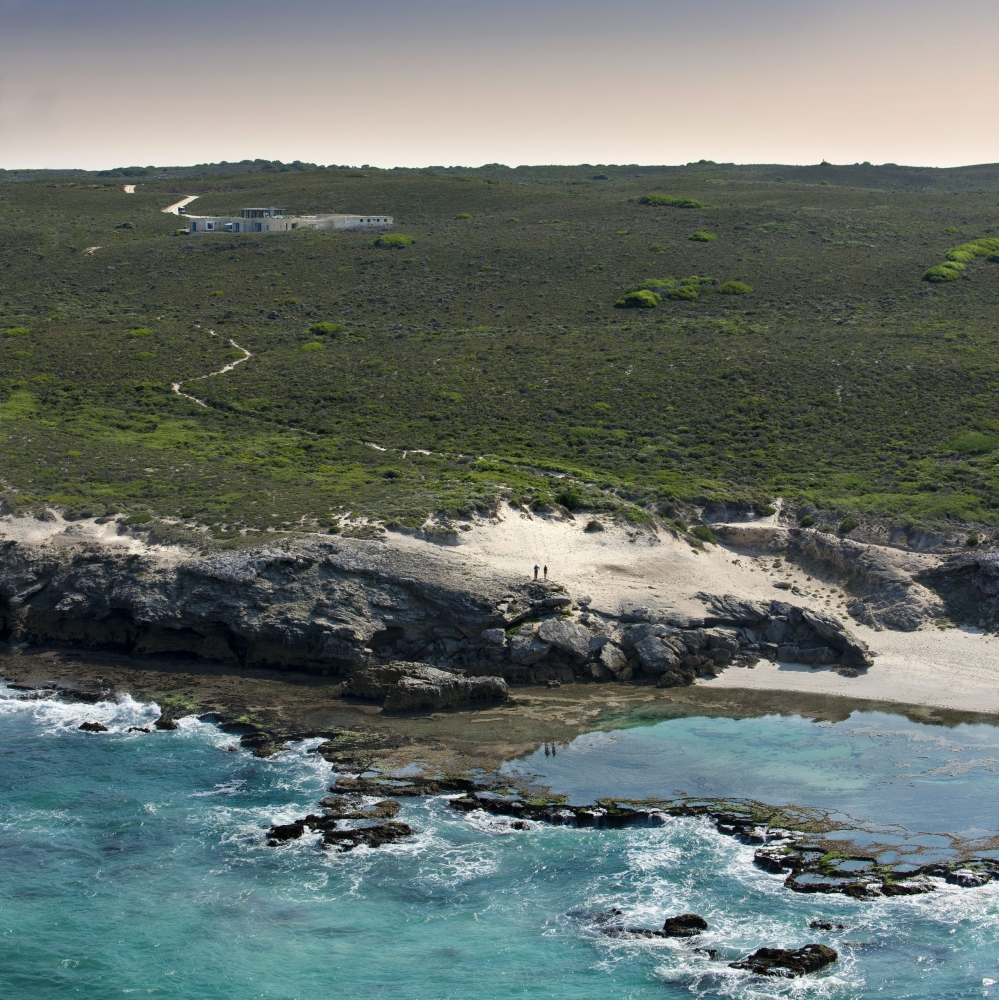

De Hoop falls within a unique micro-climate, and the dominant vegetation is Fynbos which flourishes in nutrient-poor soils in the winter rainfall areas of the Western Cape. Fynbos is part of the world's smallest and most threatened plant kingdom, known as the Cape Floral Kingdom and has adapted to cope with fire and drought.
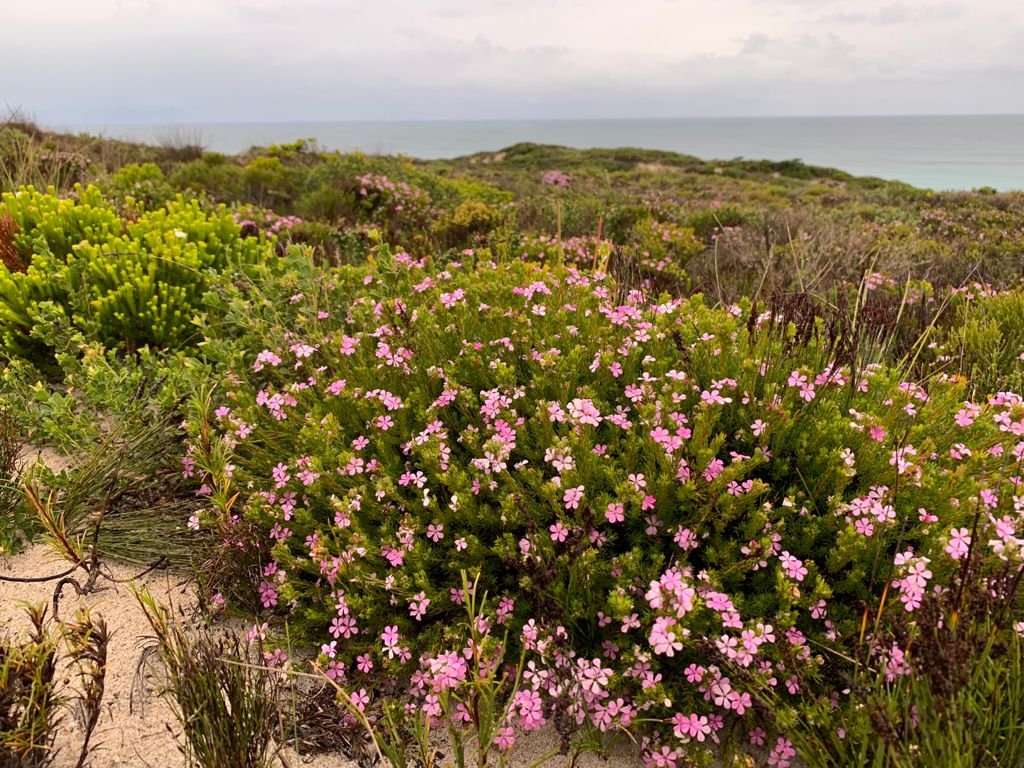

The reserve is home to one of the largest areas of the rare Lowland Fynbos, and when you set out on a walk, hike or cycle through the natural areas, you might be lucky enough to spot namely Geophytes and Ericas. The genus Erica is in full flower at the moment, creating a gorgeous melange of blues, pinks and white amongst a kaleidoscope of other wildflowers flowers, which are blossoming in orange, yellow and blue. In addition, we have amazing displays of silky-textured Vygies - or mesembryanthemums - which are famous for being South Africa’s most colourful flower group, and these come into full flower by the end of September. However, if Geophytes are on your Fynbos checklist, you only have a brief window of opportunity, as they spend most of the year underground in storage organs and just come up to display in Spring and early Summer.
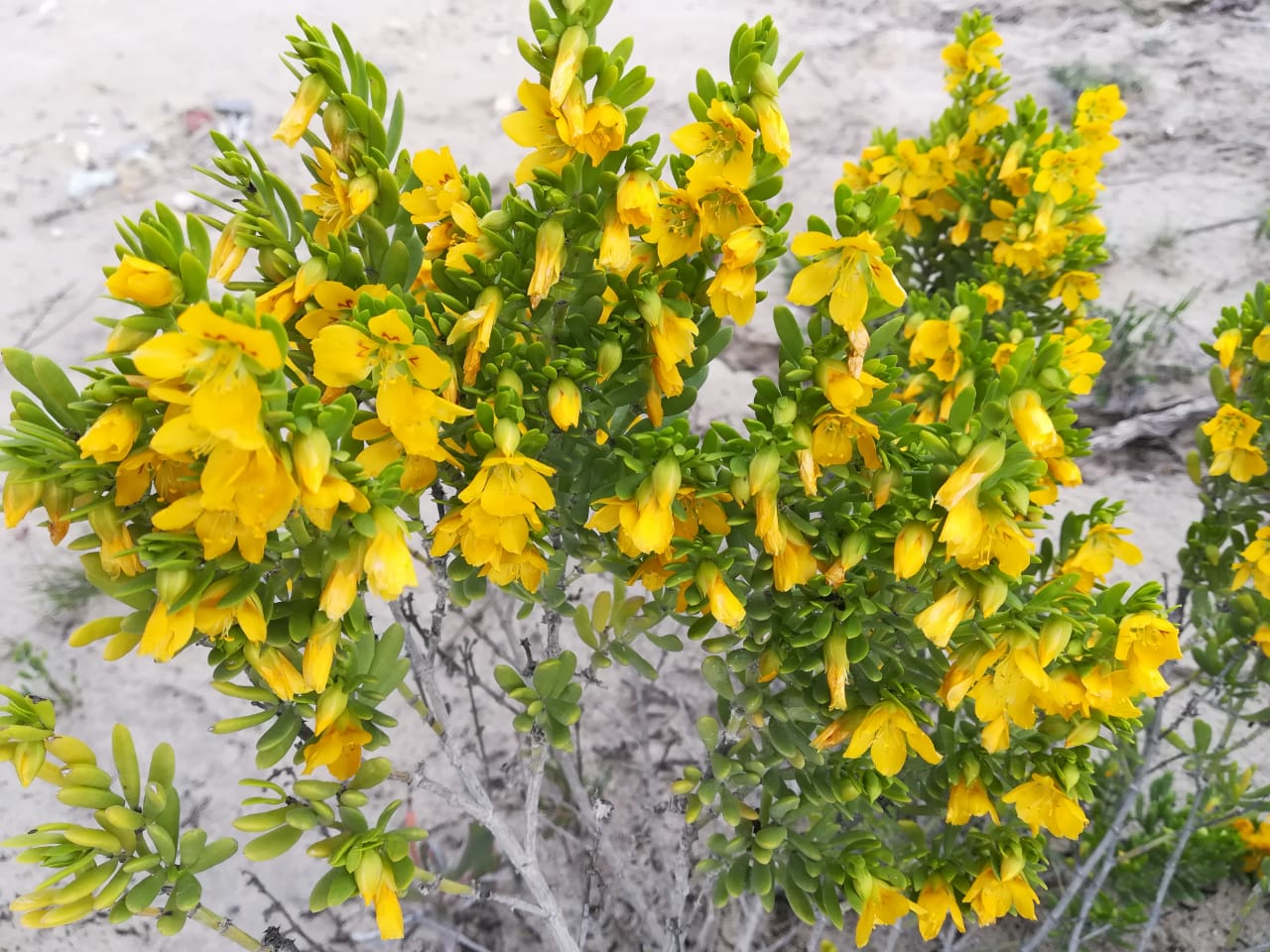

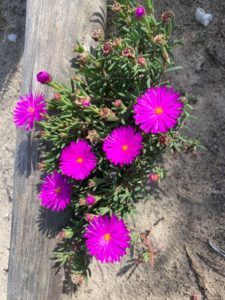

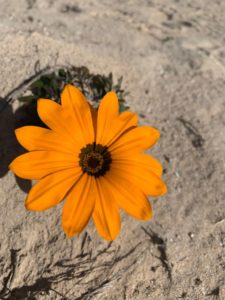

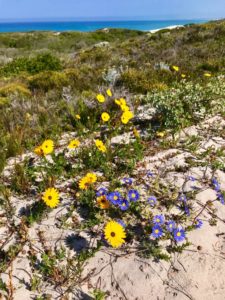

The birds of De Hoop love the Spring flowers and enjoy the feast of nectar which coincides with the beginning of the breeding season. Male sunbirds and weavers are particularly busy preparing nests. Male Sunbirds are easy to spot with their brilliant, exuberant red, green and orange colours, and you can hear these calling throughout the day looking for a mate. The surrounding reserve is a birder's paradise, and you can see Robins, Cape Spur Fowls, Black Harriers and the rare Cape Vulture as well. The change of season also means that migrant birds from Europe are on the move and you can look out for the European Roller. This long-distance traveller enjoys our warm, Southern hemisphere spring and summer and loves showing off his spectacular and distinctive plumage, an overall brilliant blue. Spring takes in part of the ostrich mating season and the male ostrich's beak and legs turn bright pink or even red to attract the female. If all goes to plan, under natural conditions, a female ostrich lays 12–18 eggs. Here’s a fun fact; a baby ostrich is called a chick, and a group of Ostriches is called a Herd.
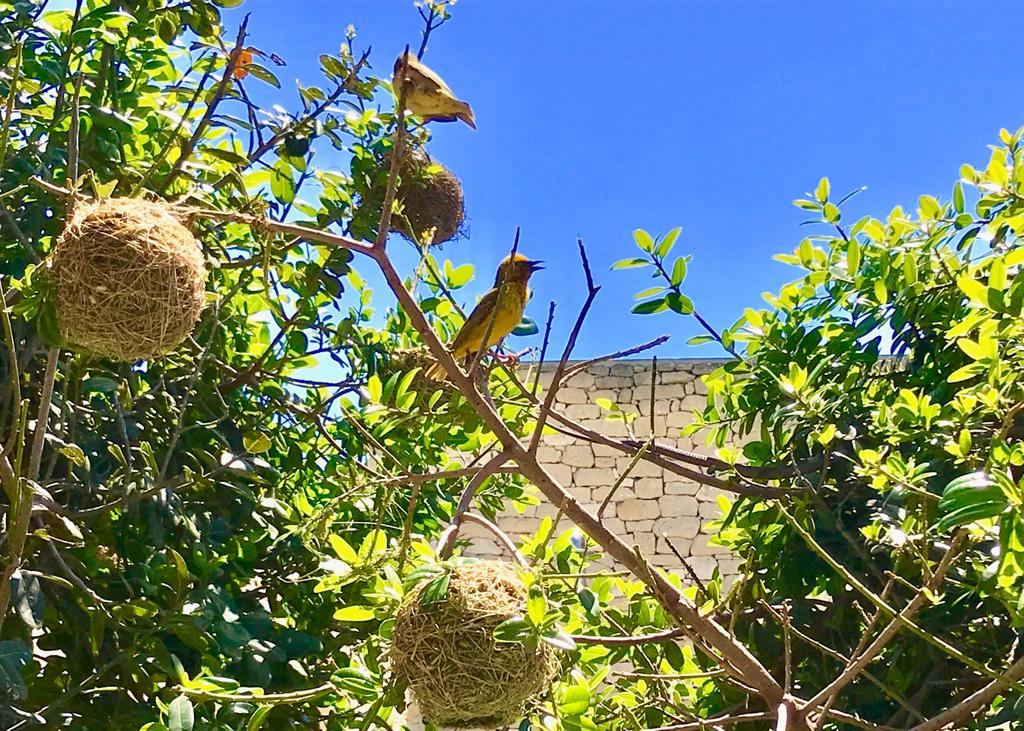

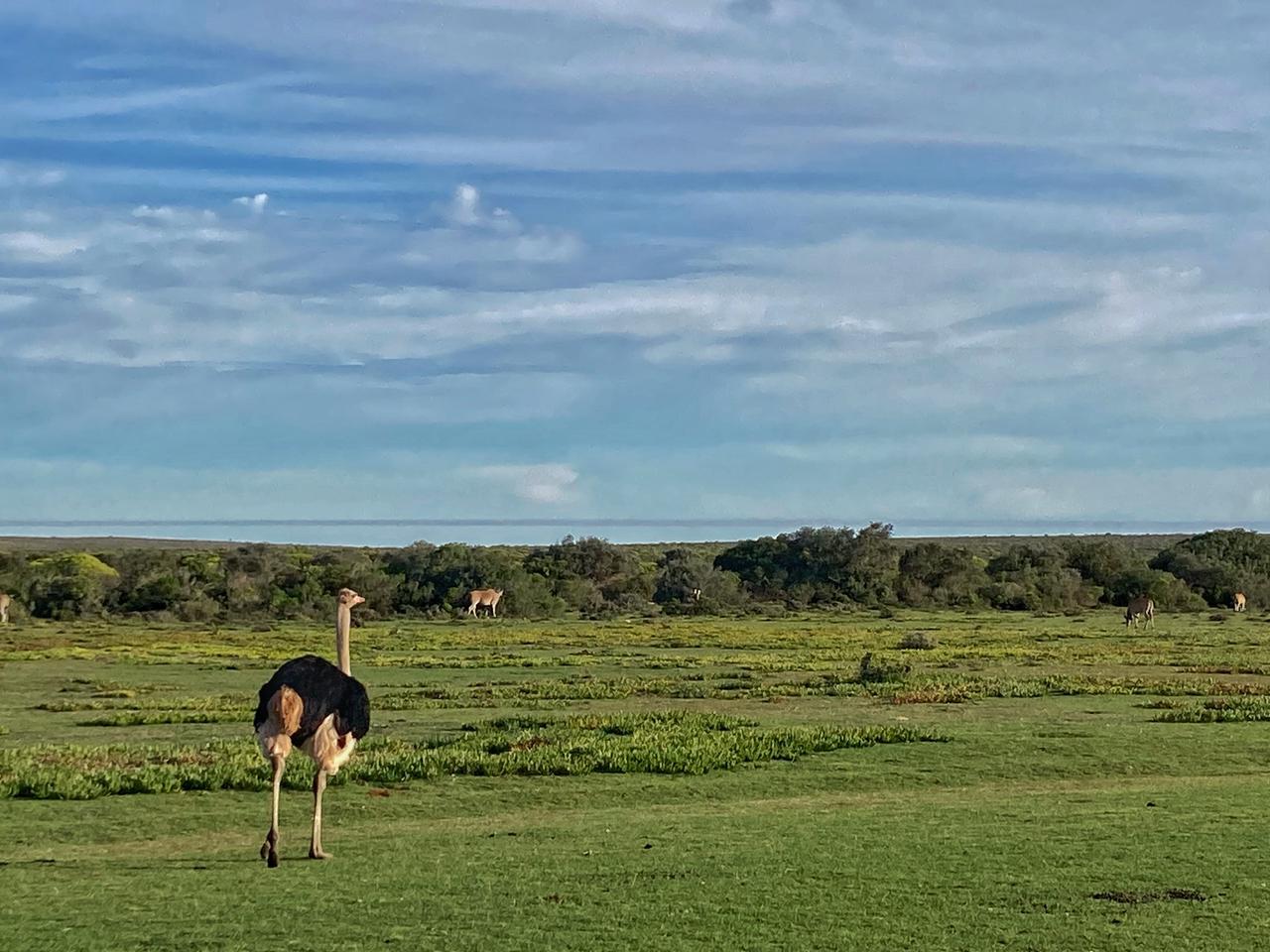

Spring also gives you a great opportunity to spot an array of newborn antelope. The reserve receives most of its rain during the Winter so now the vegetation is at its most lush and there is sufficient water to support the offspring of Eland, Grey Rhebuck and the uncommon Bontebok. Elsewhere in Africa the rainy season only arrives in December so it is unique to witness young during this time in the calendar.
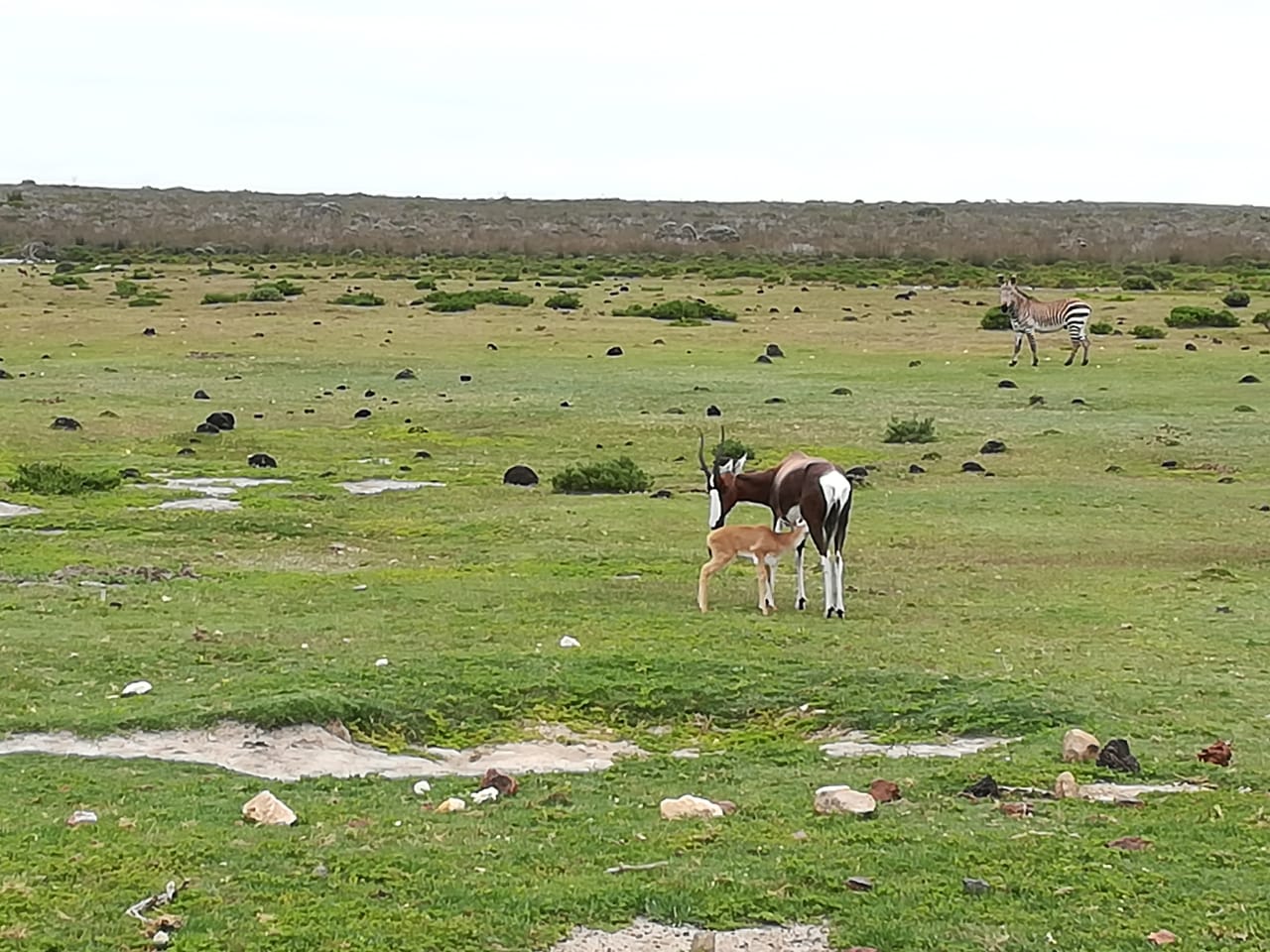

Summer, Autumn, Winter, Spring - every season brings transformation to Morukuru Family De Hoop. Every season is wonderful in its own way. Every season is different and exciting. But there is just something about Spring and her new life and beauty. Spring might just be our favourite time of the year!
